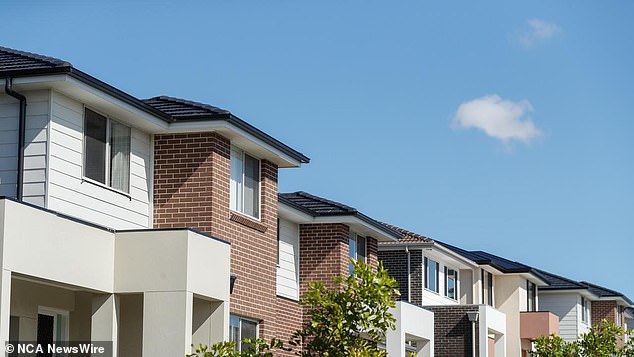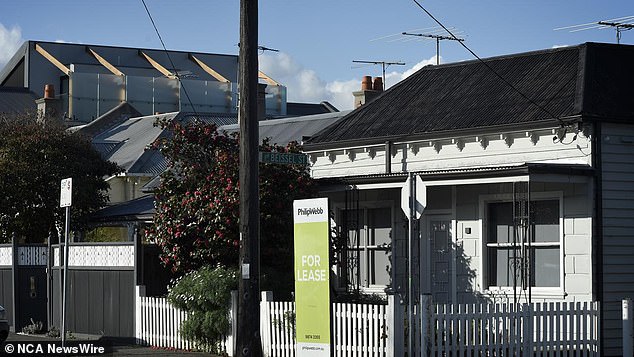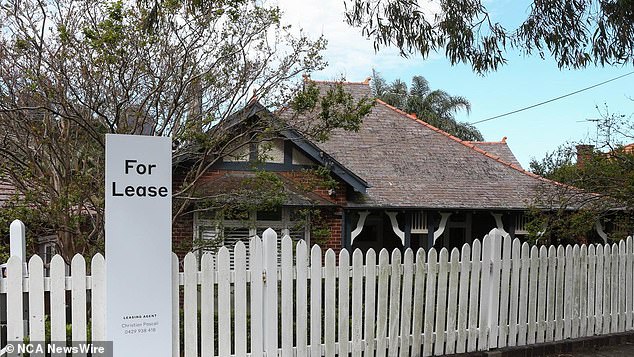A couple needs a combined income of more than $200,000 to be able to afford to have a child and live comfortably as a renter in Greater Sydney or Greater Brisbane, new research shows.
New data from National Shelter shows just how broken the current rental system is, as it tracks various Australians at different stages of life and their rental needs.
The problem is such that even a well-off couple with a child earning a combined $219,000 continues to find rents less affordable since the pandemic.
Greater Sydney requires this household to spend just 18 per cent of their income on rent, leaving a reasonable amount for other living and parenting expenses, although it works out cheaper if they move to the outer suburbs.
The problem is only exacerbated for low-income people or those who are single.
National Shelter spokesman John Engeler said renters across the country are under severe pressure as rent increases continue to outpace income growth amid historically low vacancy rates.
A household in Sydney will have to earn $219,000 just to live comfortably while renting. Image: NCA NewsWire / Gaye Gerard
“The situation is especially dire for low-income tenants, who are increasingly forced to rent privately due to the reduced availability of social and affordable housing,” Mr Engeler said.
“A single pensioner would have to spend 86 per cent of their income to rent the average one-bedroom apartment in Sydney.”
Engeler said it was “clearly unacceptable” and called on the government to help solve the affordability crisis through social housing.
In the last 12 months, rental affordability has decreased by 13 per cent in Perth, eight per cent in Adelaide, six per cent in Melbourne, five per cent in Sydney and four per cent in Brisbane.
Perth is now the least affordable capital, with a median weekly rent of $629 representing 31 per cent of the median income, closely followed by Sydney, where a median rent of $720 represents 30 per cent of the median income.
According to the report, 30 percent of income is the limit when rents become unaffordable.
Separate data from PropTrack’s Rental Affordability Report found that “rental affordability in Australia is at its worst level on record”, with households earning a median income of $111,000 only able to afford to rent the smallest proportion of properties since 2008, when the records began.
The rental crisis becomes a national problem
The influx of impacts from unaffordable rents could become a national problem, and higher costs, including rents, would impact the number of children families choose to have.

Rents across Australia have risen with middle income earners only able to rent the smallest proportion of properties.: NCA NewsWire / David Swift
Australia’s falling birth rate could have significant ramifications for family dynamics and could make middle children increasingly rare.
Figures released by the Australian Bureau of Statistics in late October show the total fertility rate in 2023 fell to a record low of 1.5 babies per woman.
Demographer Dr Liz Allen, a professor at the Australian National University, said the days of middle children are gone as couples having one or two children have become the new norm.
He said this is because it is becoming more difficult for couples to get ahead financially.
“Even rent has become unaffordable in some areas, and Allens says job insecurity has also become an issue, with many young people and women forced to work casually or part-time,” he said.
The decline in births can be attributed to the rising cost of living and the current economic climate, as this may impact the viability of younger Australians having children, KPMG said.

The rental crisis could have long-term impacts on the number of households in Australia. Image: NCA NewsWire / Andrew Henshaw
The data revealed that the birth rate across the country fell 4.6 percent over the past year, marking the 2023 birth rate as the lowest since 2006.
In 2023, 289,100 babies were born in Australia.
Terry Rawnsley, urban economist at KPMG, explains that weak economic growth often leads to reduced birth rates, but current cost of living pressures are having a particularly strong impact.
“Birth rates provide information about long-term population growth as well as the current confidence of Australian families,” he said.
Sydney saw the most notable decline, with births falling by 8.6 per cent. They were followed by Melbourne, down 7.3 per cent, Perth, down 6.0 per cent and Brisbane, down 4.3 per cent.
Canberra was the only capital not to experience a drop in births since 2019.
This increase has now declined rapidly as the current economic climate presents several challenges for Australian families.
“With the current rise in living expenses putting pressure on family finances, many Australians have decided to delay starting or expanding their families,” Rawnsley said.
“This combination of pandemic and rapid economic changes explains the rise and subsequent sharp decline in birth rates we have observed over the past four years.”

